Kathmandu

With cobbled streets, prayer flags and living goddesses, Kathmandu is a pilgrmage every traveller should make.
Kathmandu, whose ancient streets, temples, cultures and traditions collide with modern development give it the legendary bohemian atmosphere it has retained since it first attracted hippies in the 70’s.
Modern concrete buildings encircle this 2000 year old city where narrow streets are home to holy men, monks, motorbikes, cycle rickshaws, incense, fragrant oils, goats, chickens and sacred cows. Wandering the alleyways of Kathmandu truly is a fusion of sights, sounds and smells.
What to see & do
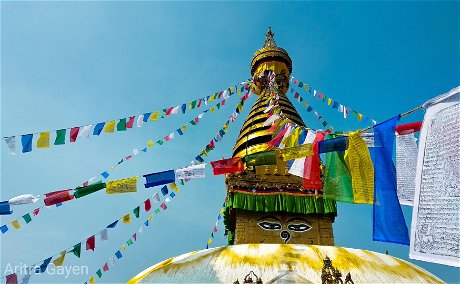
Swayambhunath Stupa
Perched atop a hill on the western edge of the Kathmandu Valley, the ancient Swayambunath Stupa (known to tourists as the Monkey Temple) is Kathmandu's most important Buddhist shrine. The sleepy, all-seeing Buddha eyes that stare out from the top have become the quintessential symbol of Nepal.
Overlooking most parts of the valley Swayambhunath, the 365 steps that lead up the hill to the stupa are worth the effort as it is also a good place to catch panoramic views of the city.
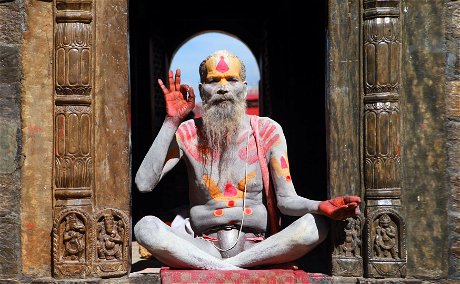
Pashupatinath Temple
Pashupatinath, or Pashupati, is a Hindu temple on the banks of the Bagmati River in Deopatan, a village 3 km northwest of Kathmandu. It is dedicated to a manifestation of Shiva called Pashupati (Lord of Animals). It attracts thousands of pilgrims each year and has become well known far beyond the Kathmandu Valley. The temple is barred to non-Hindus, but a good view of the temple can be had from the opposite bank of the river.
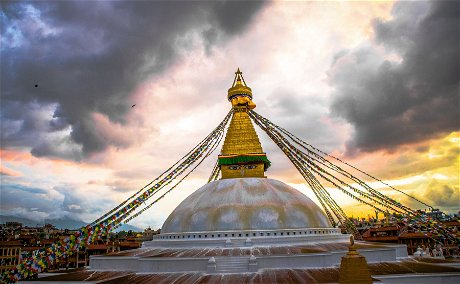
Boudhanath Stupa
Boudhanath Stupa (or Bodnath Stupa) is the largest stupa in Nepal and the holiest Tibetan Buddhist temple outside Tibet. It is the center of Tibetan culture in Kathmandu and rich in Buddhist symbolism. As a result the area has become home to many Tibetan refugees and offers a great chance to take a glimpse at their lives and culture.
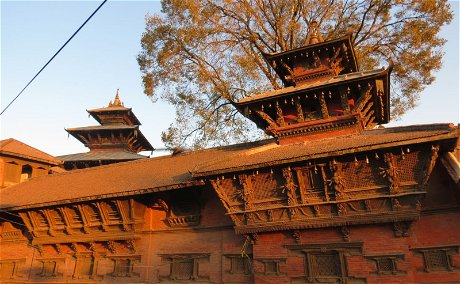
Durbar Square, Kathmandu
At the heart of the old city, Durbar Square is a UNESCO World Heritage Site and the home of Kumari, the living goddess. 'Durbar' means palace and Durbar Square is the generic name used to describe plazas and areas opposite the old royal palaces in Nepal. Kathmandu's Durbar Square was where the city's kings were once crowned and legitimised, and from where they ruled.
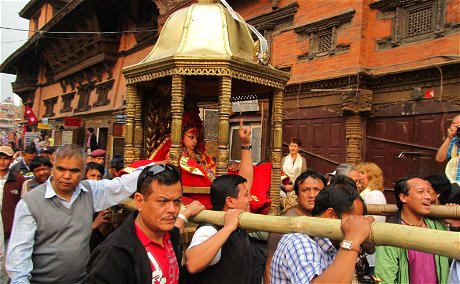
Kumari Ghar
A big brick building on Durbar Square in Kathmandu, the Kumari Ghar (or Kumari Chowk) houses the living goddess of Kathmandu who is worshipped as a manifestation of divine female energy. Built in 1757, the temple is known for its magnificent carvings as well as its divine inhabitant.
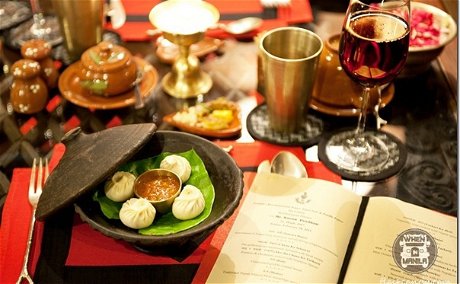
Krishnarpan Restaurant 9 Course Nepali Meal
To spend an evening at Krishnarpan, the Nepali speciality restaurant at Dwarika's, is to take a culinary journey through the fascinating terrains and cuisines of Nepal. Serving the finest Nepali of Nepali flavours, Krishnarpan is a slow dining experience reminiscent of the ritual feasts enjoyed by the Kathmandu Valley's Newari community. The courses are offered on traditional brass and earthenware and served by hostesses representing Nepal's diverse ethnic communities.
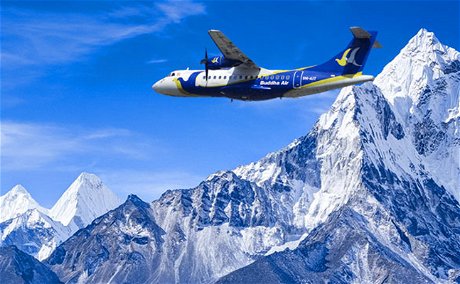
Everest Flight - US$ 195 *
Flying close to the mountains you are rewarded with awe-inspiring views of many of Nepal's highest peaks, culminating in Everest, which gleams in the rising sun. Much has been written about Everest, but to witness it from a sightseeing flight is absolutely amazing; it remains an enigma - the highest spot on Earth!
You will be picked up from the hotel at approximately 05:45hrs and whisked off to the airport. After the flight you will be returned to the hotel for breakfast.
* Subject to change without notice / Price seasonal

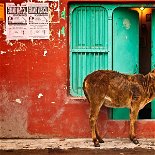
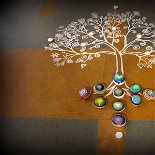


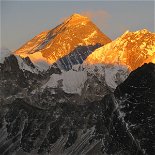

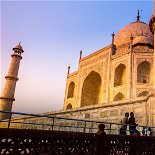


Share This Page